Creativity
Creativity is a concept long under consideration by psychologists. It seems to have taken a number of years for psychologists to agree on an acceptable definition of the word “creativity.” Although there is still some controversy over the definition of creativity, the most common definition is that a creative act or product is uncommon and is useful to society.

Although not as precise as some scientists would like, this definition seems to be the most widely accepted among psychologists.
Stages of Creative Thought
Wallas (1926), a forerunner in creativity theory, proposed four stages of creative thought:
- preparation–stage in which the problem is investigated
- incubation–stage in which the problem is thought about unconsciously
- illumination–stage in which ideas come together to form a possible solution
- verification–stage in which result is evaluated and deemed acceptable
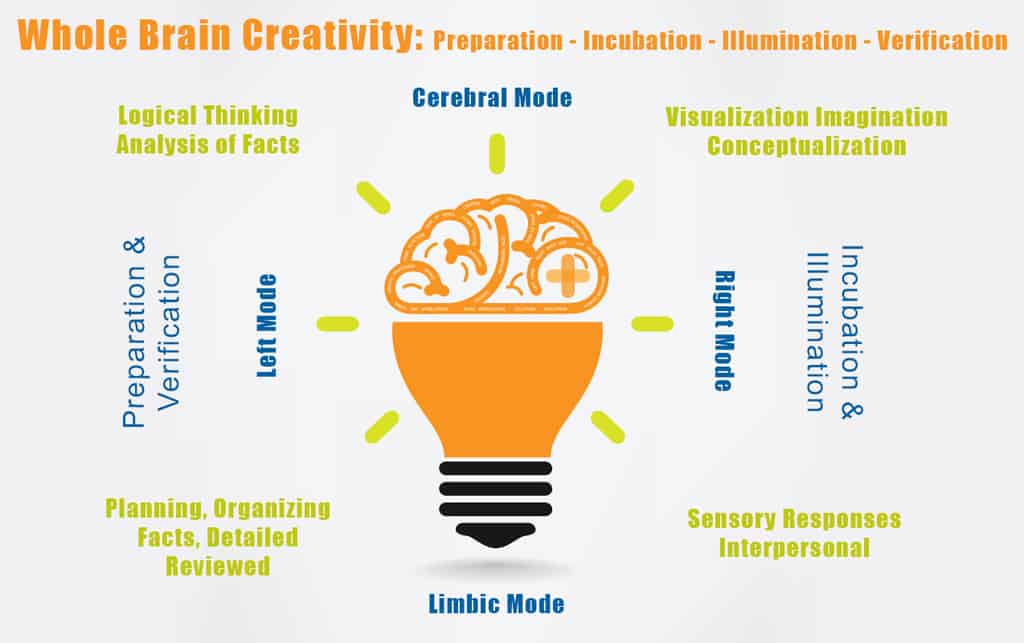
Preparation
During the stage of preparation, regulated thought is employed. Regulated thought is defined by Wallas as “following rules as to the order in which one shall direct one’s attention to the successive elements in a problem.” This is a logical stage of examination and preparation.

Seeking, rather than scanning, is the method used for the search for ideas, as is made necessary by the constraints of the problem (Vernon, p. 93).
Incubation
Wallas’s incubation stage is by far the most susceptible to scrutiny; because of the obscure nature of this stage, it is not directly observable. The incubation stage may be reached by directing attention to another problem, or by abstaining from thought about problems altogether.
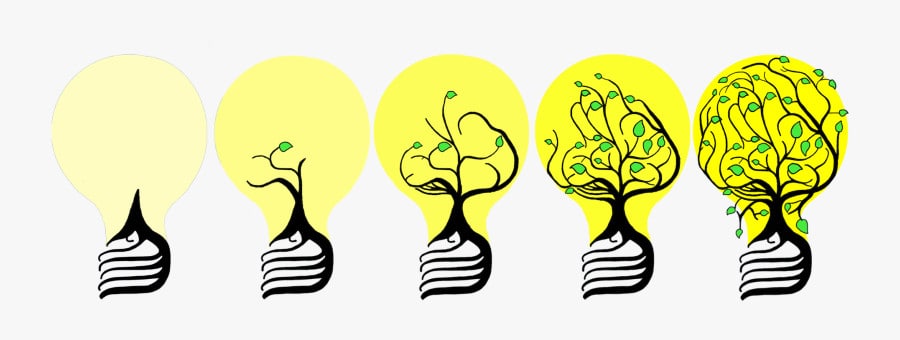
During the incubation stage, conscious thought about the problem is halted, and a series of unconscious and involuntary mental events take place. For incubation to culminate in illumination, Wallas adds, uninterrupted mental relaxation during incubation is essential (Vernon, pp. 94-5).
Simon’s Adaptation
In 1966, Simon adapted Wallas’s four-stage theory into his own theory of selective forgetting. Simon proposed that during the early stage of problem solving, solution plans are formed and stored in working memory. By discovering hidden constraints in the problem, information “chunking” is possible. Not only is information chunked, but problem steps are also grouped into subroutines, and are stored in long-term memory.
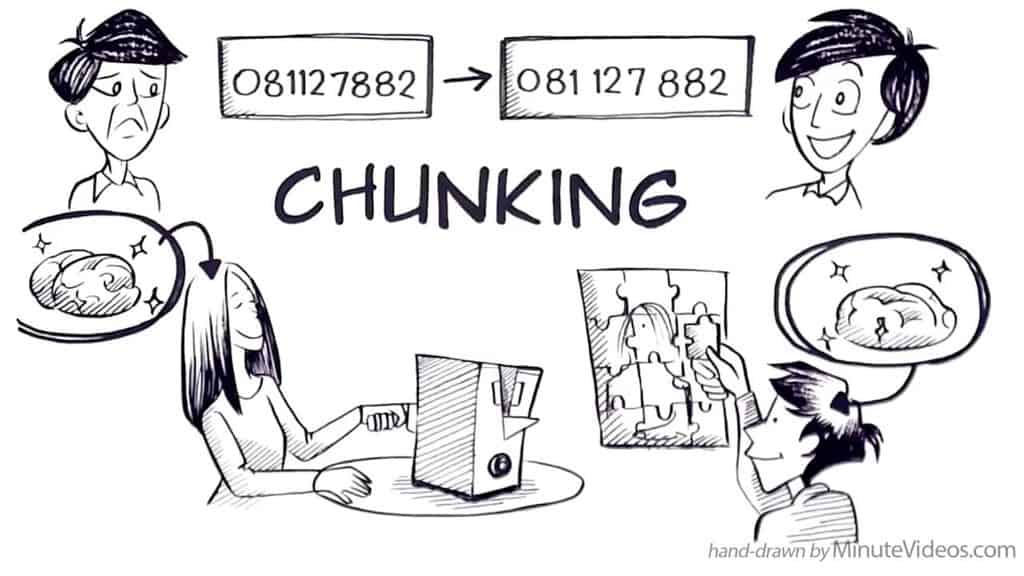
During a delay (comparable to incubation), the most recent information is retained, and the initial solution plan may be forgotten (selective forgetting). A new solution plan is then formed from the newest information when problem solving is resumed.
From his research, Simon concluded that a delay (incubation) increases the chance of producing a correct solution because the old solution plan is selectively forgotten and is replaced by a new plan, improved by the addition of new information about the nature of the problem, including hidden constraints, and that incubation plays a role in some creative acts, but not in all (Hayes, pp. 229-30).
Incubation Studies
Other incubation studies show a variety of results. Cook (1934, 1937), and Erickson (1942), failed to demonstrate the incubation stage at all. Pulgosi and Guilford (1968) showed a significant improvement in a divergent production (DP) task for the experimental group who received a 20-minute distractive task, over the control group, who received no break in the DP task.
Silveira’s (1971) study suggests that only relatively lengthy interruptions late in task working were beneficial. Shorter breaks or those occuring early in the task were not beneficial to the subjects.

Murray and Denny (1969) recognized differences in the subject themselves related to incubation effectiveness by concluding from their research that incubation helps poor problem solvers but not better problem solvers. Within the great variety of results from research on incubation, a constant emerges. The evidence seems to indicate that incubation does occur (Hayes, p. 228).
Illumination
Wallas described the illumination stage as the culmination of a series of unsuccessful associations carried out in the incubation stage, leading to a successful one. According to Wallas, series of associations are unconscious and operate in what he labels the “fringe of consciousness.”

The point at which successful associations rise to consciousness, “intimation,” is a state in which Wallas expressed interest in prolonging. If, Wallas conjectured, intimation can be willfully attended, the activity of the brain may be prolonged in this state, leading to conscious control over what associations are brought to consciousness from the fringe and when they are brought to consciousness (Vernon, pp. 96-7).
Kuhn’s Views on Illumination
Thomas Kuhn (1970), a science historian, distinguished between “normal” science and “revolutionary” or creative science. Creativity in normal science, Kuhn stated, uses illumination because new information is incorporated into a pre-existing theory.
Revolutionary science, on the other hand, does not use illumination in creative thought, because it requires by definition new information that does not fit into an existing theory, requiring that an entirely new theory is developed.
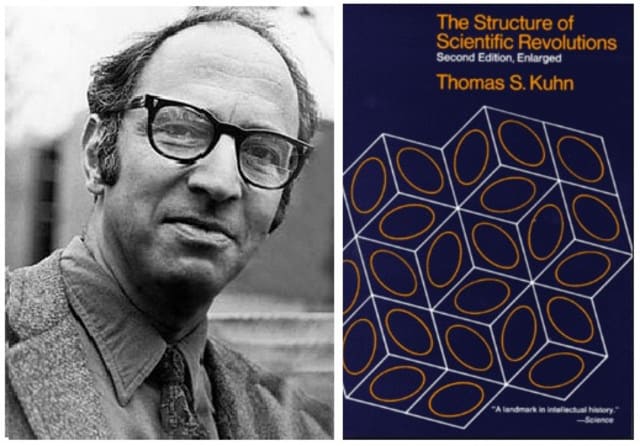
Because the new theory is evolved slowly as the understanding of the new information develops, illumination does not occur as an instantaneous flash, as Wallas described. Wallas himself, however, did concede that illumination is not a part of every creative act (Hayes, p. 230-1).
Mutilated Checkerboard
In his explanation of illumination, Wallas described an instantaneous flash, or insight (Vernon, p. 96). The Mutilated Checkerboard (MC) problem has long been recognized as an insight problem. The task is to cover 62 squares of a checkerboard with 31 dominoes, covering 2 squares with each horizontal or vertical domino placement.
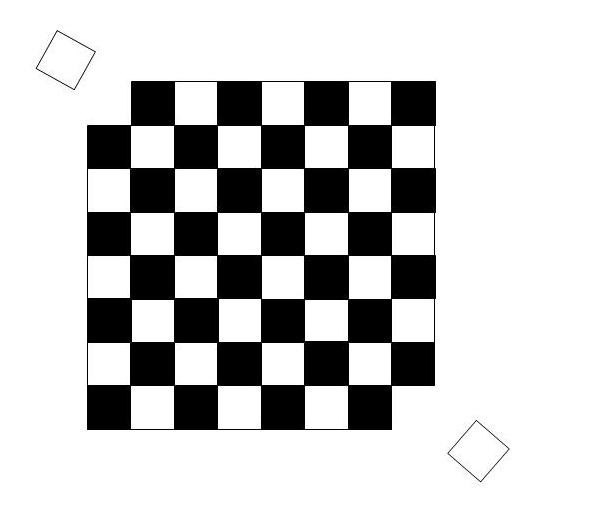
Two of the original 64 squares, at opposite corners of the board, have been removed. Because a domino must cover 2 squares side-by-side, and any 2 squares side-by-side are of opposite color, the task is impossible; 2 squares of the same color have been removed. The resulting board consists of 32 squares of one color, but only 30 of the other. The task to cover two squares of opposite color with each domino is therefore impossible.
Kaplan and Simon’s Modifications
Kaplan and Simon (1990) used a modification of the MC problem to discover relevant factors in obtaining the insight required to solve or rather to prove the problem impossible (Kaplan and Simon, 1990).
Twenty-three subjects participated in the study in one of four conditions: a blank board with no color in the squares, a colored board with black and pink squares alternated, a board on which the squares were labeled “black” and “pink” alternately, and a board with the words “bread” and “butter” alternated on the squares. Protocols of the 23 subjects were recorded as they worked on the task, and hints were given systematically by the experimenter to test their effects.
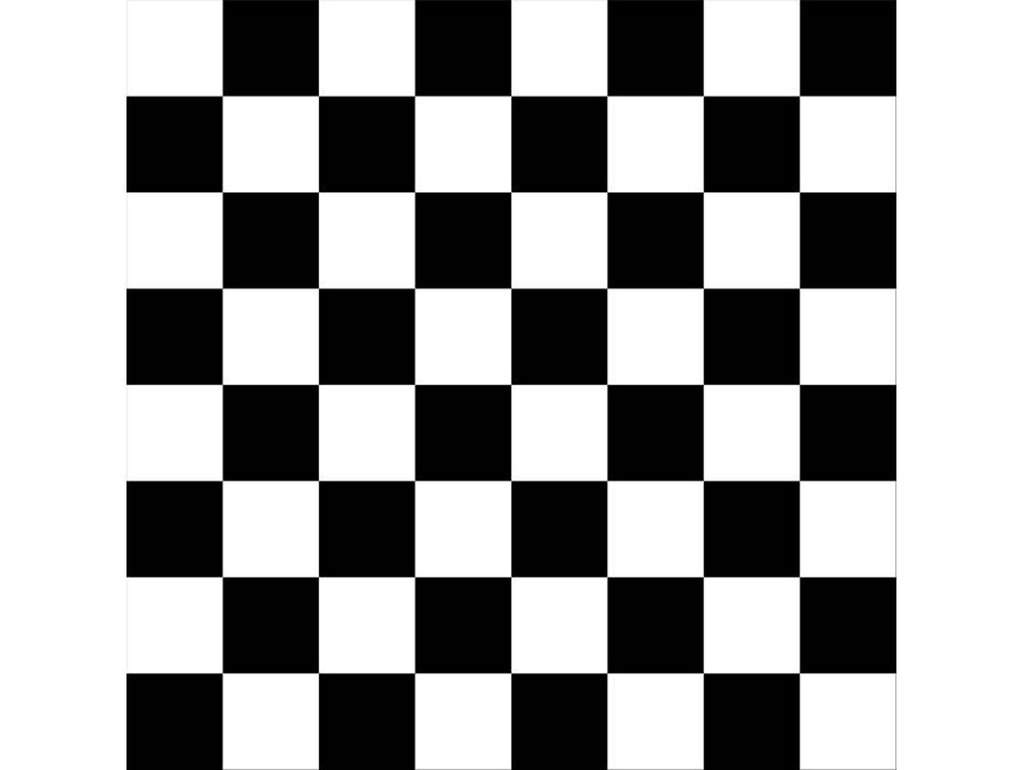
In analyzing cue salience (board conditions), solution times, times from insight to solution, protocols, and hint effectiveness, several factors involved in solving insight problems were revealed. The blank board was the most difficult condition. Surprisingly, there was no significant difference in solution times between the colored and the “black” and “pink” conditions.
The most salient board was that of the “bread” and “butter” condition, presumably because of pre-existing associations of the parity of the two words. Although cue salience was decidedly a factor, hints given by the experimenter, and heuristics used by the subject were also important in reaching insight.
Kaplan and Simon’s Suggestions
Kaplan and Simon also suggest that prior domain knowledge (e.g., mathematics” can be counterproductive when working on an insight problem. Reported is the case of a chemical entineering graduate student who applied complex mathematical formulas and still did not solve the problem after 18 hours of computations.

This subject’s domain knowledge of mathematics led him to problem solving efforts in an erroneous problem space. This closed-minded approach is in direct opposition to the “try anything” attitude of the faster solvers who noticed a wider variety of invariants and tried several different approaches to the problem (Kaplan and Simon, 1990).
Verification
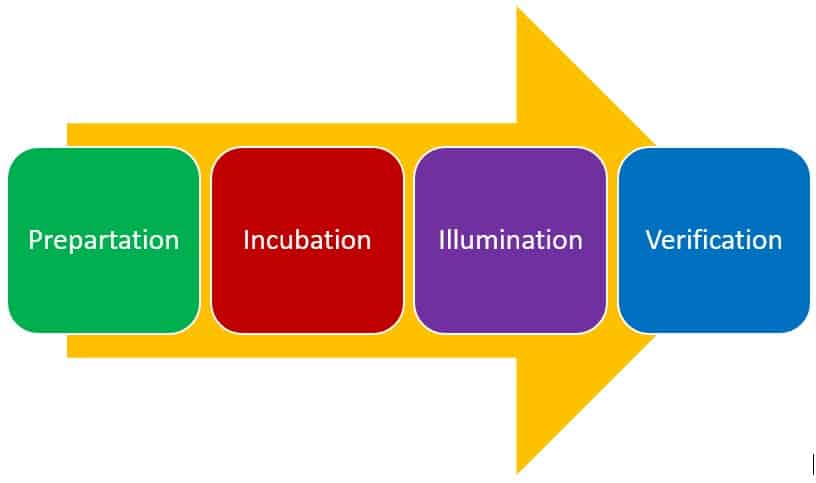
The verification stage is the stage least detailed by Wallas. Explanation of this stage is straightforward and short. The solution is verified as being correct or workable, or incorrect or not workable. Unlike the incubation stage, it is a fully conscious stage and, like preparation, involves the use of logic for evaluation.


















